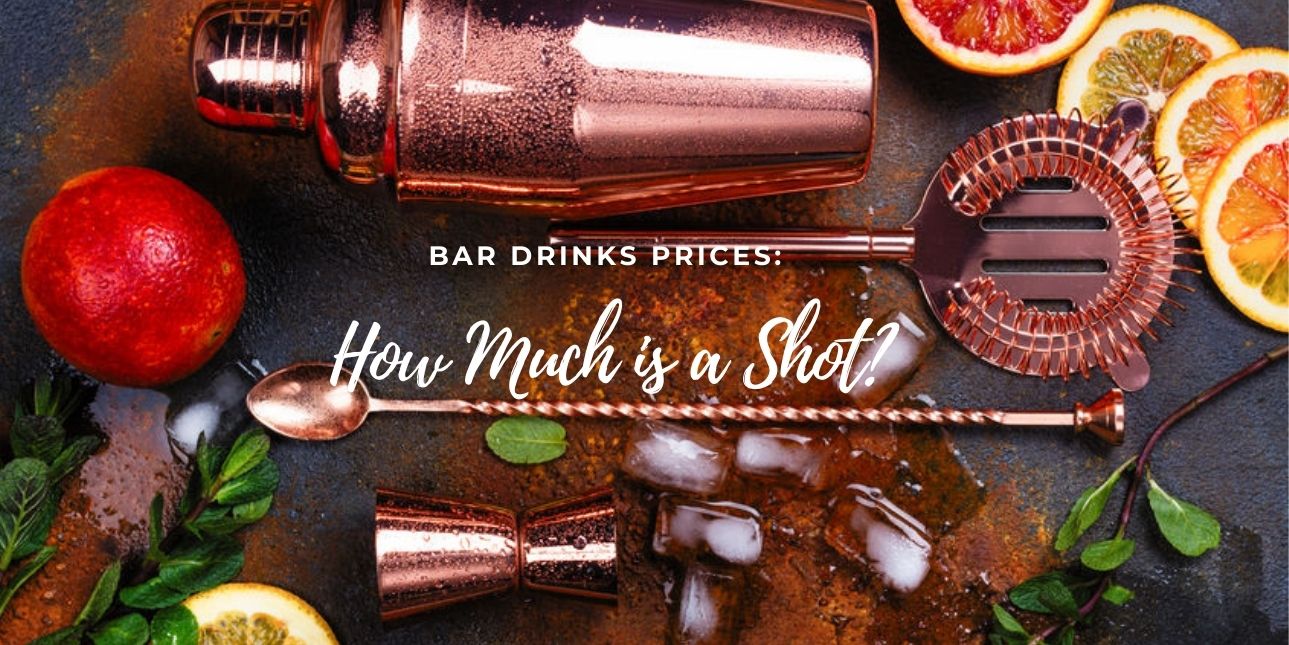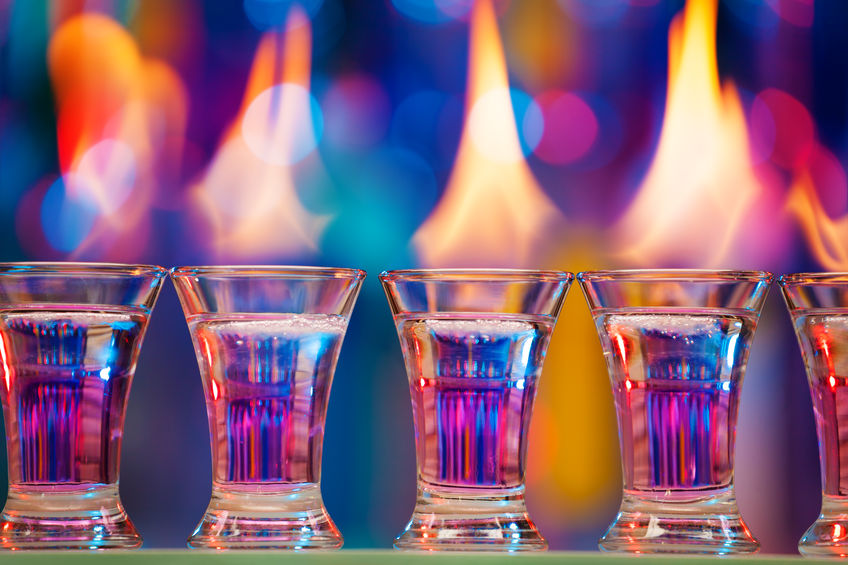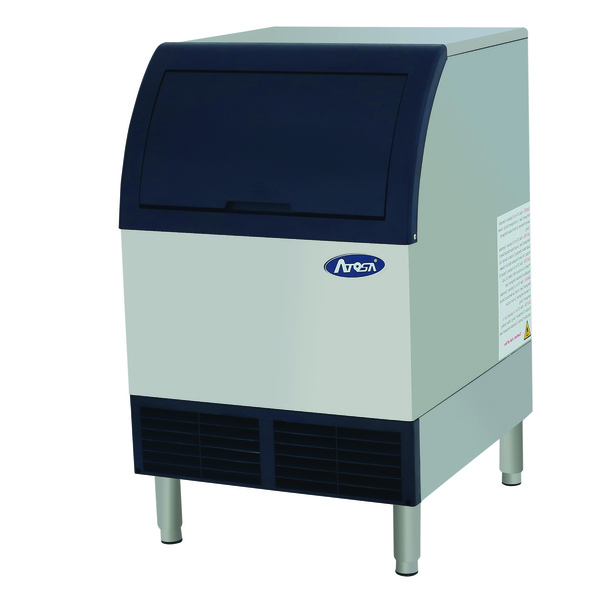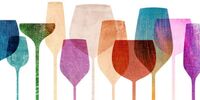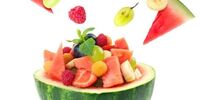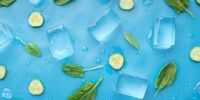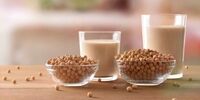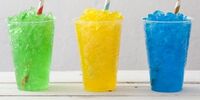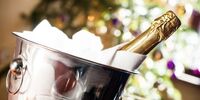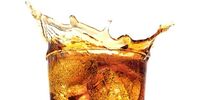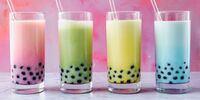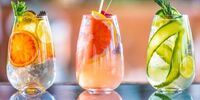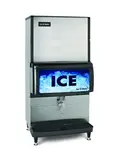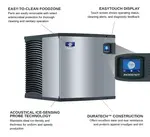If you’re planning to open a bar and aren’t sure about the prices for bar drinks, you are at the right place. In this article, we discuss how to price bar drinks, how many ounces are in a shot, how to set cocktail prices, the average cost of drinks; and cocktail measurements.
If you’re on this page, you already know that opening up a bar is a no-brainer! Bars are profitable if you can price your shots properly. The profit margin from bars and pubs can go up to 80%. In the hospitality business, serving alcohol to your patrons is a great way to earn huge margins.
Before setting the prices for your drinks, you should be aware of the competition in the area and price your drinks accordingly. You don’t want to price your drinks too low or too high. You should be able to make profits after paying rent, paying for equipment, staff payments, and other miscellaneous costs.
To set up a bar, you should consider buying commercial ice makers, drink pourers, commercial refrigerators, commercial freezers, cocktail mixers, and other commercial equipment that you might need for your bar.
How to Price Bar Drinks?
The initial step will be to find out the pour cost of different types of liquors. Liquor cost or the pour cost is the total cost of making a drink.
The formula for liquor costs is:
Cost of an Alcohol Bottle / Ounces in a Bottle of Alcohol = Cost per Ounce of Alcohol
For example:
$40 (bottle price) / 25.4 Ounces(750 ml bottle) = $ 1.57 per Ounce
If you want to book 80% profit from a drink, your pour cost should be less than 20%. The industry average for pour cost is between 18% to 24%. You can expect an average pour cost of 20% for your bar or pub.
The pour or liquor cost is not the only cost to consider while pricing your drinks. There are other costs like establishment rent, staff payments, and additional costs that are involved. If your establishment is in a more expensive area, the rent might be significantly higher than the rest of the city. The cost of maintenance, advertising, and staff salaries will also be higher than average.
How Many Ounces in a Shot?
A typical shot can vary between 1.2 ounces to 2 ounces on average. It depends upon the type of glass you choose and the quantity of alcohol you want to serve per shot.
If you wish to make more profits, you can choose to deliver less than 1.5 ounces per shot of alcohol.
How Much is a Shot?
Setting the price for a shot is not an easy job. As mentioned above, you can find out the pour cost of a particular type of alcohol and set the prices for a shot. You can also include the prices of other ingredients that are required to make a shot.
Usually, a shot of liquor will be 1.5 ounces or 2 ounces.
So, for a 750 ml Whiskey that retails for $30, an average 2-ounce shot will cost $2.50.
How Many Ounces in a Shot Glass?
A shot glass can hold up to 2 ounces of alcohol. Typically a shot of liquor ranges between 1.2 to 1.5 ounces of alcohol, but there are places where they pour up to 2 ounces of liquor in a shot. You should always have a clear idea about the amount of alcohol you are pouring into a glass. If you pour more than the requisite amount of alcohol, you stand the chance of running into heavy losses. The staff should be trained to pour the exact amount of alcohol every time. To make sure this happens, you can use a separate alcohol measuring cup to pour alcohol.
How to Set Cocktail Prices?
Make sure to have a clear strategy for selling cocktails in your bar. The process of calculating the average cocktail prices is the same as above. You need to factor in the pour cost of drinks you are going to mix into your business decision. You should make sure that the pour cost does not go above 20% to get a margin of 80 % from liquor sales.
To set the price of a cocktail, let us assume that you are serving Margaritas in your bar:
You plan to set the price of margarita at $12.
The cost of making a margarita is $3. That comes down to 25% pour cost, which is higher than your intended pour cost.
Here is a formula that you can use to get a 20% pour cost:
Drink Price= Ingredient Cost / Target Pour Cost
Drink Price= 3/0.2
Final Drink Price- $15
So, to achieve a pour cost of 20%, you need to price the drink at $15.
There are other things that you should keep while pricing cocktails. Use a cocktail measure cup to pour alcohol in a glass. Knowing the exact quantity, price of alcohol and ingredients used will help you set the right price for a cocktail.
Pouring Alcohol with a Jigger vs a Shot Glass
Here we discuss the core differences between a jigger vs shot:
A jigger is an hourglass-shaped stainless steel device that lets you measure alcohol. Jiggers are usually between 0.5 ounces to 2 ounces. A standard jigger can hold 1.5 ounces of alcohol.
A shot is a small serving of alcohol and is made from plastic, glass, ceramic, or stainless steel. A shot can range between 1 to 2 ounces of alcohol.
Other Factors in Liquor Pricing
Having a clear understanding of your client base will help you get your pricing right. If your bar is in the downtown area, you can easily set your prices on the higher side. But if your bar is close to a college campus, then you should consider pricing your drinks lower for cash-strapped students.
You should be aware of client preferences. You can find out which drinks your patrons prefer from your sale history. After getting a fair idea of the preferred drinks, you should consider setting your pricing strategy. Since beer generates a smaller profit margin than any other alcohol, your focus should be on setting the pricing strategy for other liquors.
You should factor in 'variance' when pricing your drinks. Here, 'variance' is the lost product or total shrinkage. The ideal industry shrinkage is 20%; you should consider factoring in shrinkage in your pricing model. With shrinkage, your cocktails or shots should have an average pour cost of 16%.
The pour cost comes into the picture when you have enough sales. If you cannot sell enough glasses to become operationally profitable, then the 20% pour cost becomes irrelevant. You should have a clear strategy in terms of pricing to drive up bar sales. Your competition might be selling a shot of margarita at less than $10, and thus selling more glasses than you. So, before pricing a cocktail, a shot, or any other drink, never forget to do thorough research on the competition. Finding the right balance between the pour cost and the total sales will help you generate more profits.

